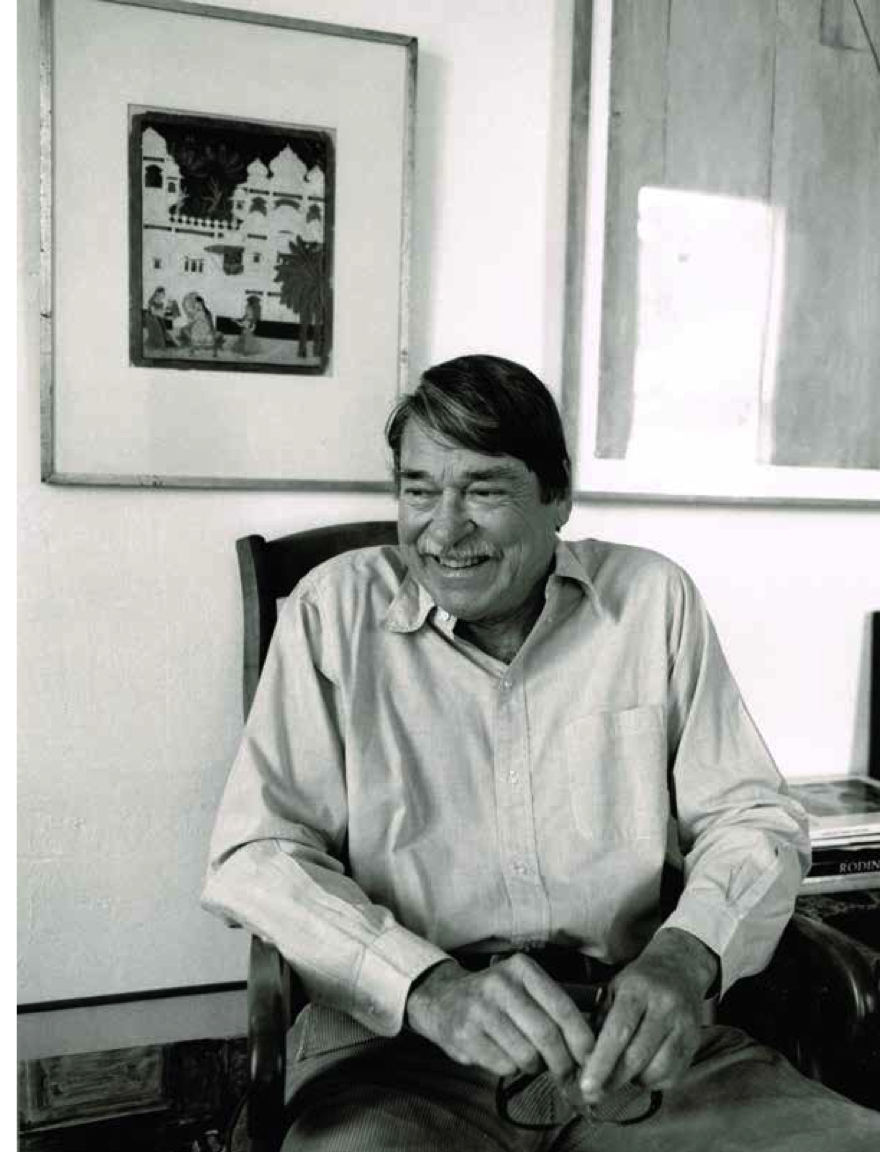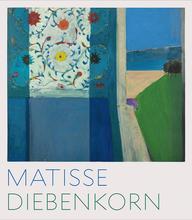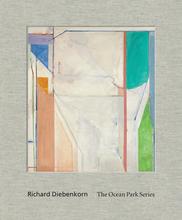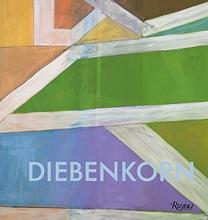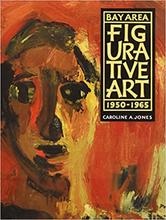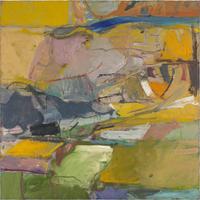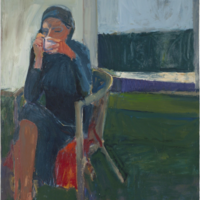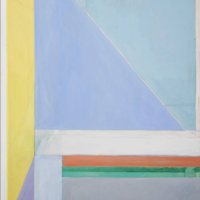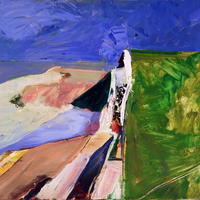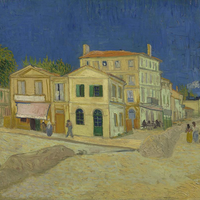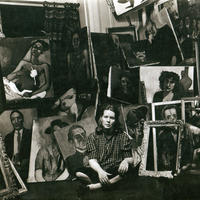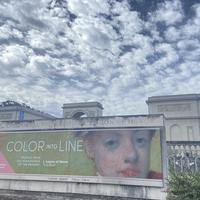More about Richard Diebenkorn
- All
- Info
- Shop
Works by Richard Diebenkorn
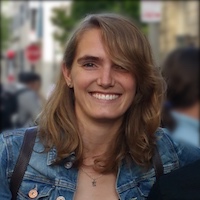
Contributor
Richard Diebenkorn was born with a love of art in Portland, Oregon in 1922.
He spent his entire life as a West Coast boy, only leaving Oregon to move to sunny California - or rather foggy San Francisco, as the case may be. He grew up practicing and appreciating art, attending Stanford University for Art History and Studio Art, but it was one fateful introduction that brought us the Diebenkorn we know, love and revere.
While studying at Stanford in the 1940s, Diebenkorn’s professor Daniel Mendelowitz decided to introduce him to Sarah Stein, sister-in-law of Gertrude Stein - you may recognize her name since she helped launch the names and careers of artists like Pablo Picasso, Henri Matisse, Ernest Hemingway and many others. And similar to Gertrude’s role, Sarah launched Diebenkorn’s reverence for these European modernists. His career would be littered with abstract works inspired by European modernists like Henri Matisse.
This comes as no surprise because throughout his life Diebenkorn was driven by his adoration of artists around the world. Even while serving in the Marine Corps during WWII, Diebenkorn continued to be influenced by modern art greats like Paul Klee and Mark Rothko. The war couldn’t hinder his creativity and he did a series of representational sketches known as his “wartime” work. On the G.I. Bill, Diebenkorn returned to California to study at the California School of Fine Arts, going on to teach there later in life.
As a strong force in the American avant-garde art scene, Diebenkorn was well established as an abstract painter throughout his career. However, more than most painters, Diebenkorn varied his style as he aged. During the 1950s, he began to veer from his early abstraction, returning to the representational figuration of his wartime sketches. This period was composed of mainly landscapes, still lifes and figures using his infamous flat, planar segments of color and geometric compositions. But don’t worry. Later in his career he returned to the geometric abstraction and radiant colors of his earlier works and what he is best known for.
Despite alternating from abstraction to representational figuration and then back to quasi-geometric abstraction, one major quality remained throughout Diebenkorn’s life: the importance of place and the outside world.
Sources
- “Richard Diebenkorn: Biography.” San Francisco Museum of Modern Art. Accessed March 08, 2017. https://www.sfmoma.org/artist/Richard_Diebenkorn.
- “Richard Diebenkorn.” Artsy. Accessed March 08, 2017. https://www.artsy.net/artist/richard-diebenkorn.
- Livingston, Jane. “Richard Diebenkorn: Biography.” Richard Diebenkorn Foundation. 2016. Accessed March 07, 2017. http://diebenkorn.org/the-artist/biography/.
Featured Content
Here is what Wikipedia says about Richard Diebenkorn

Richard Diebenkorn (April 22, 1922 – March 30, 1993) was an American painter and printmaker. His early work is associated with abstract expressionism and the Bay Area Figurative Movement of the 1950s and 1960s. In the late 1960s he began his extensive series of geometric, lyrical abstract paintings. Known as the Ocean Park paintings, these paintings were instrumental to his achievement of worldwide acclaim.
Check out the full Wikipedia article about Richard Diebenkorn

